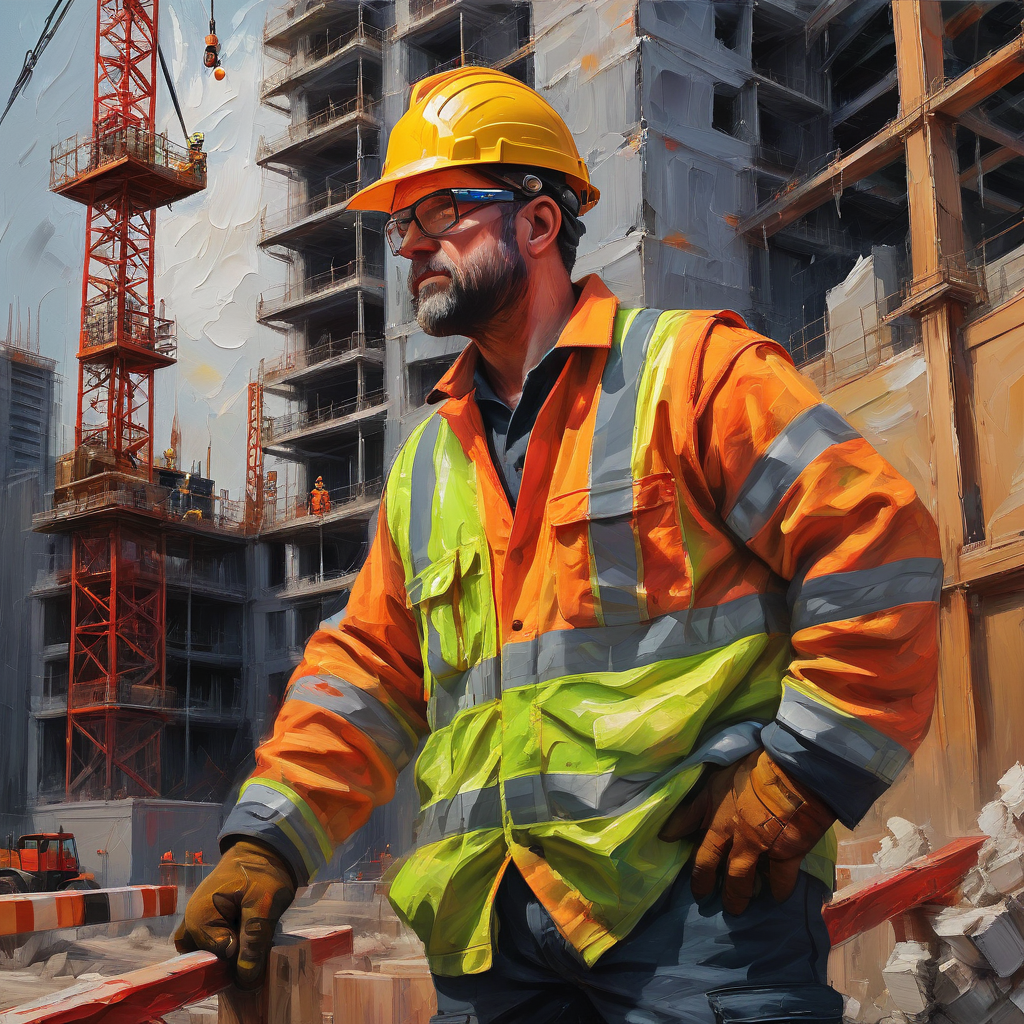
In an era where skylines are ever-changing and infrastructure projects are pivotal to economic development, the construction industry stands as a backbone to modern society. However, this sector also ranks among the most hazardous, with risks ranging from falls and equipment-related injuries to long-term health issues due to exposure to harmful substances. The importance of construction safety, therefore, cannot be overstated, encapsulating not only the well-being of workers but also the broader implications for society and the economy.
Ensuring Worker Well-being
At its core, construction safety is about safeguarding human life. The physical and psychological well-being of construction workers is paramount, considering the inherently dangerous nature of their work. Implementing rigorous safety measures and training programs significantly reduces the risk of accidents and fatalities on construction sites. Protective gear, proper equipment handling instructions, and emergency response strategies are essential components of a robust safety culture.
Economic Implications
Beyond the human cost, accidents and unsafe working conditions in construction have substantial economic ramifications. Workplace accidents lead to significant financial losses due to medical expenses, compensation, and potential legal liabilities. Moreover, project delays resulting from accidents can inflate costs and damage reputations, affecting competitiveness in the industry. Investing in safety is not just a moral obligation but also an economic strategy that promotes efficiency and sustainability.
Enhancing Quality and Productivity
A safe construction site is a productive one. Workers who feel secure and are well-trained in safety protocols are more likely to perform their tasks efficiently and with greater attention to quality. This heightened morale and work ethic directly contribute to the timely and successful completion of projects. Furthermore, a strong safety record can enhance a company’s reputation, making it more attractive to potential clients and leading to more business opportunities.
Legal and Regulatory Compliance
The regulatory landscape surrounding construction safety is both complex and necessary. Adherence to safety standards and regulations not only prevents penalties and legal action but also ensures that construction practices meet national and international benchmarks. Compliance is a sign of a company’s commitment to not just the letter, but the spirit of these laws: protecting individuals and communities involved in or affected by construction projects.
Social Responsibility and Sustainability
Construction safety extends beyond the immediate vicinity of a construction site. It reflects a company’s commitment to social responsibility, protecting not just workers but also the environment and surrounding communities from the potential adverse effects of construction activities. Sustainable construction practices that prioritize safety contribute to the long-term well-being of society and the environment, aligning with global goals of sustainable development.
The importance of construction safety transcends individual projects, affecting societal, economic, and environmental realms. It is a multifaceted issue that requires the commitment of all stakeholders, from policymakers and industry leaders to individual workers. By prioritizing safety, the construction industry can continue to serve as a pillar of development while ensuring the health and prosperity of its workforce and the broader community.
Cedar Hill St. Louis Jefferson County Olivette Kirkwood Ballwin Arnold Franklin County St Charles County Fenton High Ridge Dittmer Creve Coeur
